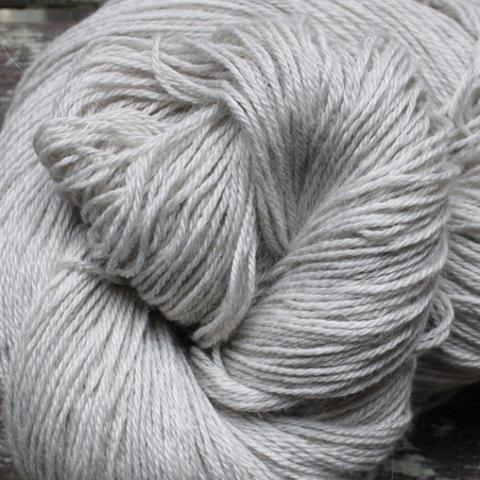How to Maintain Your cashmere Garments and Keep Them Fresh
Wiki Article
Exploring the Numerous Types of Cashmere an All-natural Fiber for Ultimate High-end
Cashmere, a natural fiber, is usually associated with high-end and comfort. The extra cost effective Chinese cashmere, the traditional Scottish variant, and the high-end Italian blend, all tell a different tale of this exceptional fiber.Recognizing the Luxurious Nature of Cashmere
Cashmere, commonly connected with deluxe and comfort, holds a distinct appeal worldwide of natural fibers. This soft, lightweight material is coveted for its outstanding heat and exceptional longevity. Unlike various other all-natural fibers, cashmere combines insulation with breathability, supplying unrivaled comfort across differing temperature levels. Its shiny surface and soft appearance add to its premium charm, justifying the premium rate that usually features cashmere garments. In addition, cashmere's intrinsic wrinkle resistance and elasticity boost its value, making it a recommended choice for costs garments and accessories. Despite its fragile appearance, cashmere possesses a surprising strength, able to maintain its shape and luxurious feel gradually. This one-of-a-kind mix of characteristics seals cashmere's position as an icon of beauty and indulgence.
Just What Is Cashmere and Where Does It Come From?

Offered these extraordinary high qualities, one might ask yourself about the origin and make-up of this extravagant fiber. Cashmere is stemmed from the soft undercoat of cashmere goats, largely found in Mongolia, China, Iran, and Afghanistan - is cashmere a natural fiber. These goats are adapted to rough climatic conditions, producing a very great, soft underfur as a defense against the bitter cold. This underfur, or undercoat, is what is gathered for cashmere. Each springtime, when the goats naturally lost their winter coat, farmers brush out the great underhair, leaving the coarser hair behind. This thorough process contributes to the shortage and high expense of cashmere. With its beginning in the rough landscapes of Asia, cashmere is a testament to nature's ability to create deluxe from adversity.
Translating the Various Sorts Of Cashmere
Understanding the various types of cashmere is key to appreciating the quality and unique features of this extravagant material. Generally, cashmere is classified right into 3 types: raw, virgin, and reused. Deciphering these types is the initial step in comprehending the exclusivity and value of cashmere.
The Unique Qualities of Each Type of Cashmere
Having checked out the different classifications of cashmere, it emerges that each type flaunts its one-of-a-kind collection of features. Mongolian cashmere, as an example, is renowned for its premium top quality, due to Mongolia's severe winter seasons that create longer and finer fibers. On the other hand, Chinese cashmere is commonly a lot more affordable, though its much shorter fibers can lower durability. Scottish cashmere is commemorated for its elegant soft qualities, an outcome of the standard water washing procedure utilizing Scotland's soft water. Italian cashmere, meanwhile, is popular for its skillful blending and tinting techniques, making it vibrant and functional. Indian cashmere, also recognized as Pashmina, is cherished for its amazing agility and heat. Each kind, hence, adds to the fabric's reputation for high-end.Why Cashmere Is the Embodiment of High-end in vogue
Cashmere holds a renowned position in the world of fashion, regarded as a symbol of luxury and sophistication (is cashmere a natural fiber). Cashmere is derived from the fine undercoat of Himalayan goats, understood for their remarkable high quality fiber. Cashmere's unequaled convenience and toughness make it an in-demand product in the development of premium garments.The Refine of Making Cashmere: From Goat to Garment
The journey of cashmere, from being an undercoat of a Himalayan goat to a glamorous garment, is an intricate one. With the introduction of spring, farmers in Mongolia and China collect the wool by brushing the goats, making sure no injury is done. The obtained wool contains crude external hair and soft downy undercoat. This blend is then meticulously divided, with read review only the soft down used for cashmere. This raw cashmere is cleaned, dyed visit homepage and rotated into thread. The thread is then woven or weaved into fabrics. The last step involves pressing and cleaning to provide the fabric its particular gentleness and heat. From goat to garment, each action is a testament to the virtuosity, persistence and skill associated with crafting cashmere.
Conclusion
Finally, cashmere, with its natural elegance and unrivaled convenience, preponderates on the planet of luxury style. The variety in kinds, varying from the soft Mongolian, lightweight Indian Pashmina, affordable Chinese, conventional Scottish, to the colorful Italian, discloses the flexibility of this natural fiber. The scrupulous procedure of transforming it from a goat to a garment further contributes to its exclusivity, making cashmere the embodiment of class and luxury.Cashmere, an all-natural fiber, Continue is frequently associated with deluxe and comfort (is cashmere a natural fiber).Cashmere, often linked with luxury and convenience, holds a distinct attraction in the world of natural fibers. Unlike various other natural fibers, cashmere combines insulation with breathability, offering unparalleled convenience throughout differing temperatures. Cashmere is obtained from the soft undercoat of cashmere goats, primarily discovered in Mongolia, China, Iran, and Afghanistan. Cashmere is derived from the great undercoat of Himalayan goats, known for their remarkable top quality fiber
Report this wiki page